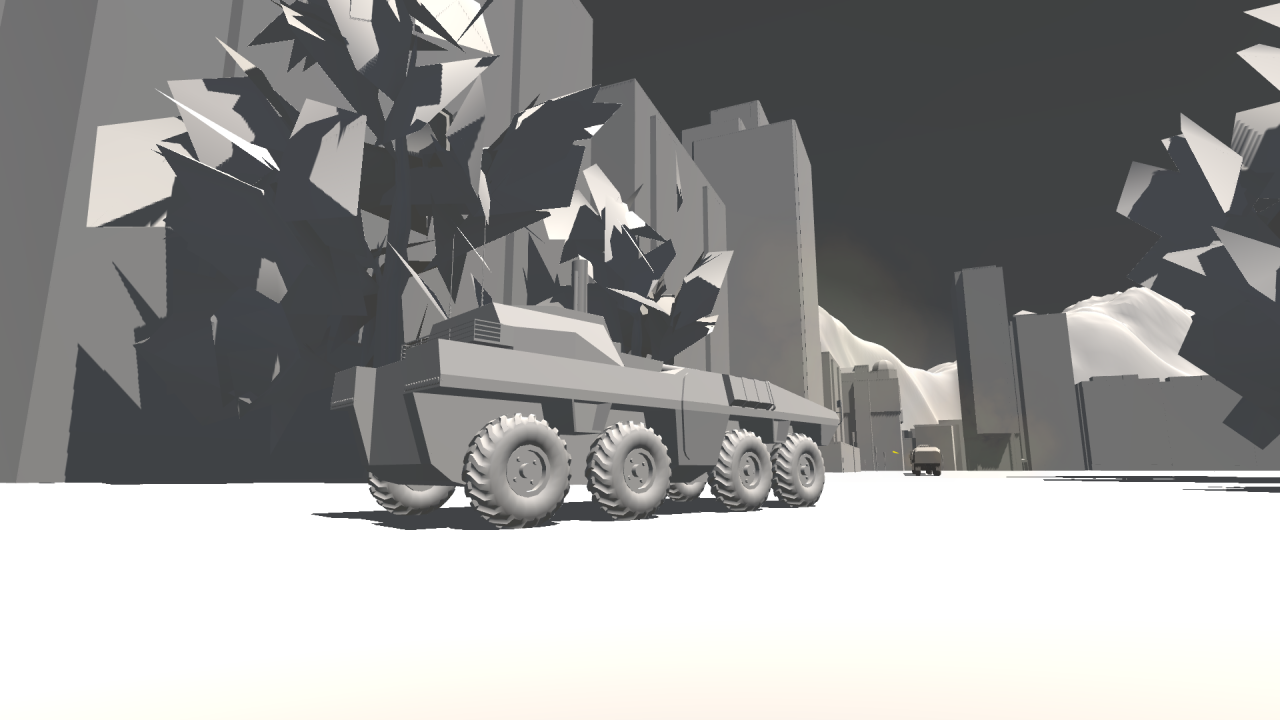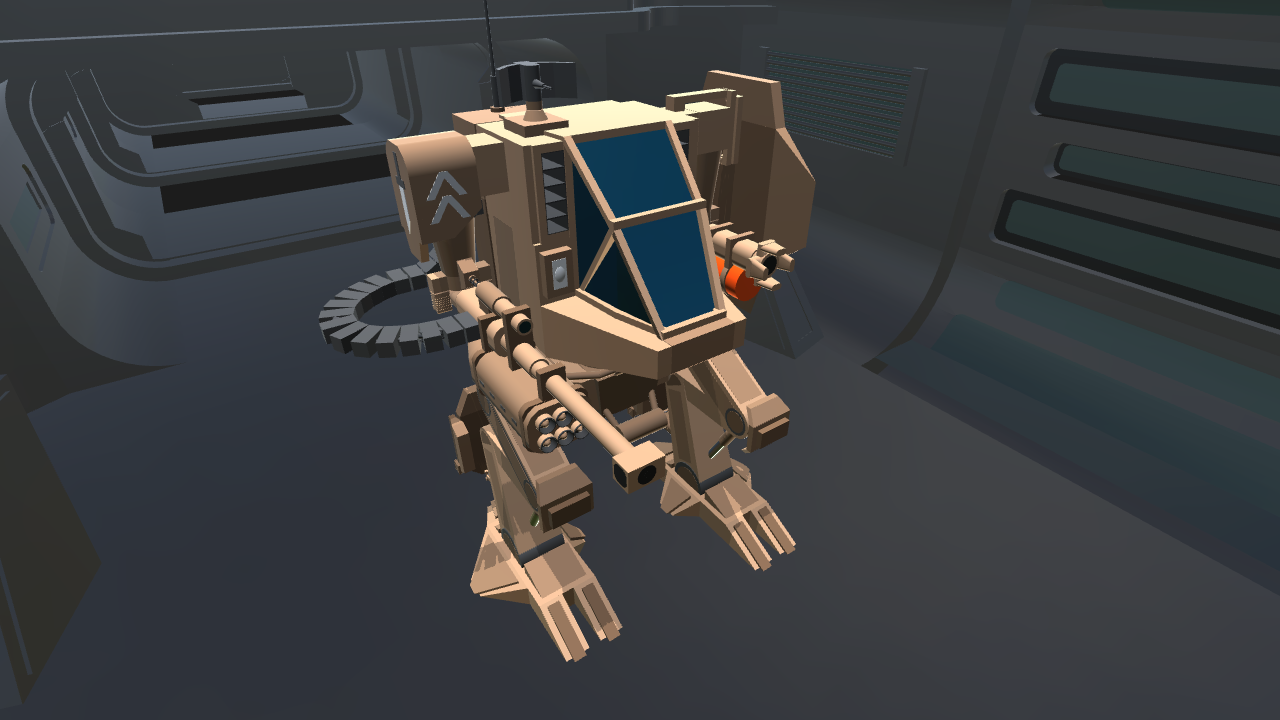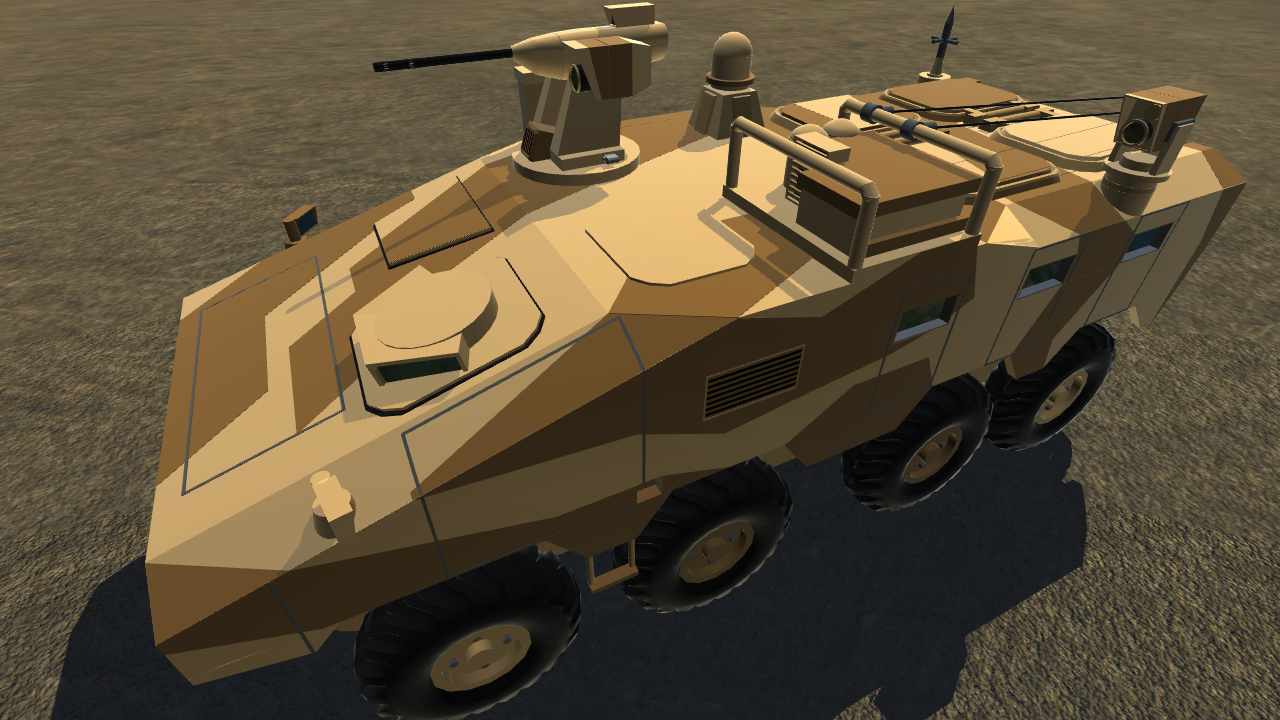

With e-pac, a beam rifle can be used as long as the pilot has a ready supply of replacement e-pacs. Previous beam rifle designs had the energy capacitor integrated into the rifle directly, resulting in the rifle becoming dead weight once the capacitor was depleted. One major innovation in the RX-78GP01's arsenal was the addition of a beam rifle that used a removable energy capacitor called e-pac. Otherwise, the GP01 will suffer from a lack of balance and become near impossible to pilot. Though the GP01 is operable in both Earth and outer space, it needs to be configured for each environment before battle by using the appropriate Core Fighters. Unlike previous suits, this was one of the first to re-introduce the core fighter concept in its design, utilizing the recently developed FF-XII Core Fighter II as the cockpit.
#Simpleplanes commands series#
To that end, its design is superficially similar to the other RX series Gundams. The RX-78GP01 was designed to be able to operate under any condition on earth or in space. The RX-78GP01 Gundam "Zephyranthes" was the second of five prototypes Gundam type mobile suit completed under this plan.

#Simpleplanes commands manual#
As unmanned tanking capacity increases, the manned tanker requirement decreases, promoting additional service life and capacity available for manned strike-fighter missions.As described in the Master Grade model manual and MS Encyclopedia, at the conclusion of the One Year War, the Federation started the Gundam Development Project, aimed at creating mobile suits superior to those that Zeon had developed. The MQ-25 will be the first operational carrier-based unmanned aircraft and will provide critical aerial refueling and intelligence, surveillance and reconnaissance capabilities to support the Air Wing of the Future - a mix of fourth and fifth-generation aircraft, manned and unmanned platforms, and netted sensors and weapons.Īlong with organic tanking, the MQ-25 will pave the way for manned and unmanned teaming (MUM-T) of carrier-based aircraft that will extend the strike range and enhance maneuverability. To date, T1 has conducted 36 flights, providing the program with valuable information on aerodynamics, propulsion, guidance and control in advance of the MQ-25 engineering and manufacturing development aircraft deliveries. Flying different aircraft behind the MQ-25 lets us assess how they will interact, Reed said.įollowing this flight, T1 will enter into a modification period to integrate the deck handling system in preparation for a shipboard demonstration this winter. Each aircraft platform is aerodynamically unique so how they respond in the wake of a tanker is different. Conducting refueling test missions with various aircraft allows the program to analyze data and determine if any adjustments to guidance and control are required.Įarlier this summer, the program completed unmanned refueling missions with an F/A-18 Super Hornet and E-2D Advanced Hawkeye. Each unique aircraft platform will have a different aerodynamic interaction in the wake of MQ-25. Once operational, MQ-25 will refuel every receiver-capable carrier-based aircraft. From the ground control station, an air vehicle operator then initiated the fuel transfer from T1’s aerial refueling store to the F-35C. During the three-hour flight, a Navy F-35C pilot from Air Test Wing and Evaluation Squadron Two Three (VX-23) approached T1, performed formation evaluations, wake surveys, drogue tracking and plugged with the MQ-25 test asset at 225 knots calibrated airspeed (KCAS) and altitude of 10,000 feet.

This event marked the third refueling flight for the T1 test aircraft. “Stingray’s unmatched refueling capability is going to increase the Navy’s power projection and provide operational flexibility to the carrier strike group commanders.” Chad Reed, the Navy’s PMA-268 program manager. “Every T1 flight with another Type/Model/Series aircraft gets us one step closer to rapidly delivering a fully mission-capable MQ-25 to the fleet,” said Capt. The integrated Navy and Boeing MQ-25 team, in coordination with the F-35 program, conducted the refueling flight Sept. The Navy’s Unmanned Carrier Aviation (PMA-268) program completed its first aerial refueling of an F-35C Lightning II aircraft by the Boeing-owned MQ-25 test asset, known as T1, as part of the Navy’s broader initiative to field unmanned systems that transform and enhance the fleet’s capability, capacity and lethality.


 0 kommentar(er)
0 kommentar(er)
